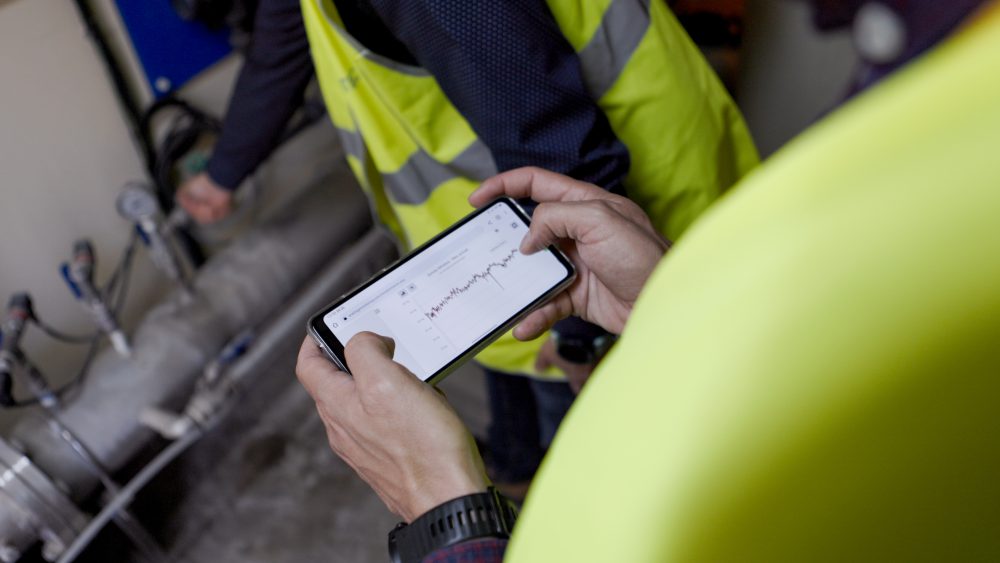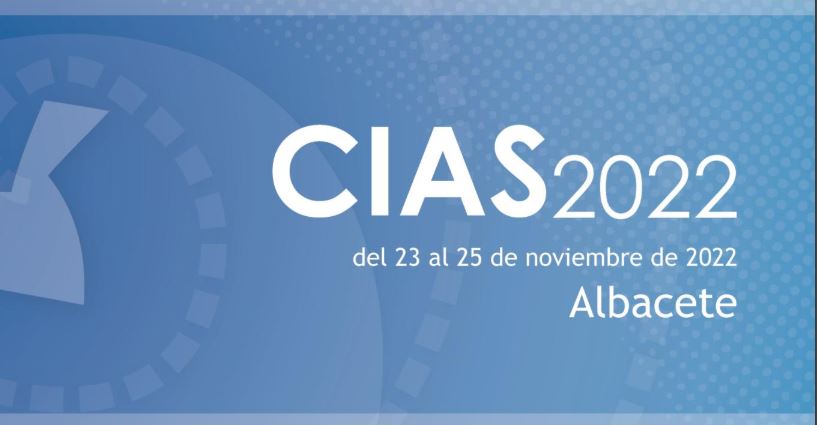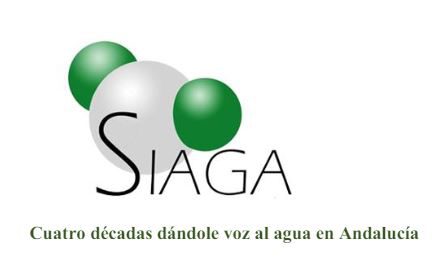#6 | Risk management with DSS applied to Managed Aquifer Recharge: why, for what and how?
Author: Sara Espinosa (Cetaqua Andalucía)
WHY?
We are currently in full digital transformation, and the management of water resources must be part of it. In recent years, digital platforms and tools have begun to develop, allowing visualisation of the main territorial impacts and benefits of using one water resource or another, serving as a Decision Support System (DSS). The DSS makes available very functional information for decision-making to administrations, water management companies and potential operators. Also, paves the way to meet information demands, allowing it to be aligned with the new legislation.
On the other hand, we are facing a complicated situation of water scarcity and severe drought. The forecasts for the coming years are not rosy at all. But there is still hope if we could manage in a safe and trustworthy way the integration in the River Basin and Drought Management Plans alternative water resources, such as reclaimed water. One of the techniques that can contribute to this end is Managed Aquifer Recharge (MAR) with reclaimed water.
The lack of knowledge and trust in the safe use of reclaimed water in MAR could be improved with reliable tools, such as the DSS, that help manage the inherent risks in this technique.

FOR WHAT?
“To manage the risk, increase the operational efficiency and the sustainability of MAR systems”
To guarantee the environmental, sanitary and operational safety of MAR with reclaimed water, a DSS can be implemented to minimise the risks potentially transferable to the final use of the recharged water. Being able to monitor in real-time different processes allows to connect alarms (early warning systems) to anticipate and activate different flows of actions, providing recommendations to improve and make more efficient and reliable operations.
In the case of the LIFE Matrix project, the innovative solution proposed is the integration and implementation of a DSS, that has been specifically designed for MAR operations with reclaimed water.
HOW?
“Through a multicriteria risk assessment”
MATRIX DSS integrates a multiple risk assessment (microbiological, physicochemical, socio-economic, environmental) and includes an explicit MAR–Safety Plan (MAR-SP) for chemical and microbiological risks. The tool is fed by water sampling campaigns and real-time data provided by a set of sensors located in critical control points and offers information on the evolution of physical-chemical, microbiological and performance parameters of the recharge system, with a focus on meeting reclaimed water quality requirements for recharge by infiltration based on the RD 1620/2007.
This information will be used to provide a set of human health, environmental and performance risk indicators and threshold values accessible through a graphical user-friendly interface, showing multiple key MAR performance indicators (microbial risk index, clogging risk index, salinization index or water stress index, among others) based on a multicriteria analysis, as well as an early warning system with recommendations for action.
More news

#04 | Congreso Ibérico de las Aguas Subterráneas 2022 | 23- 25 Nov | Albacete
Congreso Ibérico de las Aguas Subterráneas

#01 | Evento corporativo Agbar por el Día Mundial del Agua | 24 mar | Online
Evento corporativo Agbar por el Día Mundial del Agua

#05 | XI Simposio del Agua en Andalucía SIAGA | 14 nov 2023 | Granada
XI Simposio del Agua en Andalucía SIAGA

